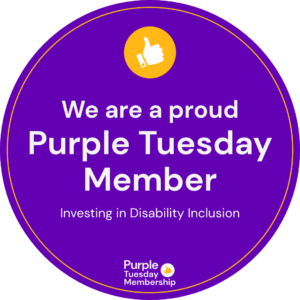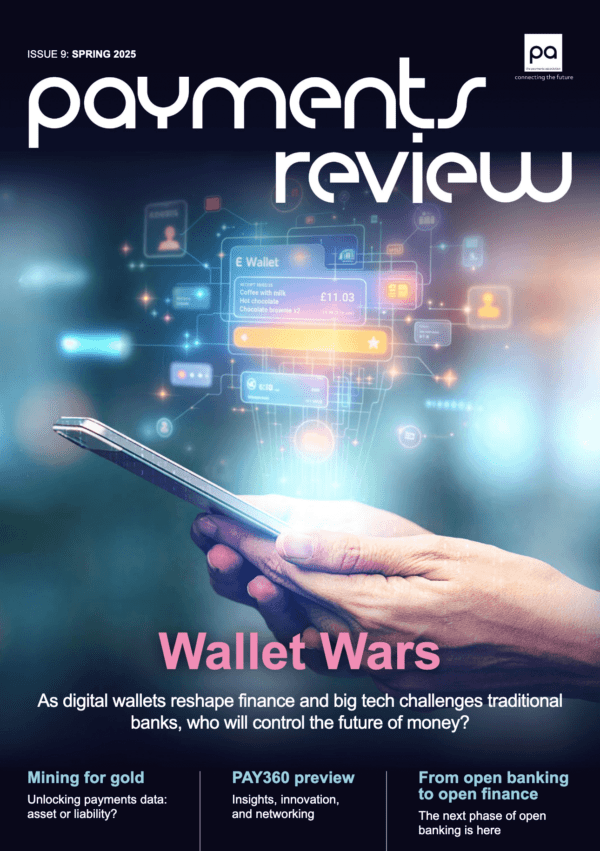The business world is filled with long-standing and tricky dilemmas which can make a company go big or go bust: should we prioritise short-term or long-term goals? Profit margins or social responsibility? Rapid growth or steady stability?
For banks, fintechs and businesses entering today’s payments scene, one of such dilemmas is on everyone’s mind when developing a new payment service: should I build it in-house or buy it from an external provider? Let’s be real; it’s a tough call. Money, time, and crucial resources are all at stake. Plus there is no magic answer that fits everybody.
That’s why at Enfuce, we decided to create a platform for open discussion on this debated topic; we started by surveying 8 fintech leaders* from some of the most cutting-edge companies across Europe—to get their expert insights and real-life experiences on navigating ‘what to build and what to buy’. What we found is that when it comes to launching a new card programme the build and buy debate is incredibly nuanced, with a whole mix of factors, and new solutions, coming into play.
Keep it simple for customers but build rock-solid foundations
But let’s start from the basics. What does a good card programme need? The top voices all agree: it should be simple and agile, so that it can be appealing to customers and keep up with the latest market trends. And, no surprise here, customer experience should be front and center from the get-go—not just an afterthought at the end of product development. As Nick Lawler, Market Director for EMEA at Mambu, put it, customers “want to interact on the app, move money in and out very quickly – it’s these kinds of things that are changing for consumers, and that means they must change for the banks as well”.
Plus, a card programme also needs to have solid foundations: uptime, resilience, scalability, and team experience. According to Victor Kotnik, Partner in Consulting at Deloitte, “whether you are a small or large enterprise, when you’re laying a strong foundation, elements like reliability, scalability and uptime are of vital importance because there are huge risks involved when your cards are down”.
Why reinvent the wheel?
So, what’s the best move to kick off such a programme? Both building and buying come with their own set of perks and pitfalls. Building in-house solutions gives you total control and freedom over everything: service, costs, timing, integration and functionalities. But on the flip side, building involves a massive investment to set up a new department and sourcing the expertise needed, it’s time consuming, and comes with the risk of falling behind in a market where customer expectations continue to change. On the other hand, buying from an expert lets you tap into their know-how, getting things done faster and often at a lower cost. This solution allows you to access advanced features that are hard to create on your own. The trade-off? You’ll have less say in how it’s customised.
But does it have to be an all-or-nothing situation? The 8 experts agree that that’s no longer the case. “Years ago, the build/buy debate was generally thought of as an either/or proposition, that they were mutually exclusive. We don’t think that’s the case”, according to Joe Samuel, VP and Head of Issuer Enablers for Europe at Visa “you can do a hybrid approach. It’s the best way to do it, to get best of breed capabilities, allow me to launch quickly, and have a really fit for purpose capability.” And for the more traditional players interested in the hybrid route, there’s always the opportunity to try out a potential partner for a test phase, with just a portion of their portfolios. Architects also agree that the key is knowing exactly what to build, what to buy, and how to use existing technology so you’re not reinventing the wheel. That’s how Christoffer Malmer, Head of SEB Embedded moved forward “given the opportunity to build from scratch, we asked ourselves what capabilities, functionalities, and architecture we need to have to own the competitive advantage”.
Go modular—for the best of both worlds
Indeed, in the build vs buy debate, a new smart trend is emerging—modular solutions and partnerships. This approach combines the best of both building and buying: it’s a more affordable and efficient solution, allowing you to only pay for what you need and total freedom to choose the features you want. Plus, this flexibility allows you to scale and enter new markets as the business grows. According to Masha Cilliers Founder at Payment Options Ltd this allows you to future proof your company: “an orchestration layer that allows me the opportunity to plug new players in is powerful. In my business of acquiring, new payment methods are constantly coming out. So, to invest in the future ability to connect to those new players (before we even know who they are or if they will have traction) is advantageous.”
And by taking this route, picking the right partner, and the right team is everything. All fintech leaders are on the same page: the right partner needs a solid tech setup plus they’ve got to fit with the company’s strategy, considering geographic coverage and expansion plans. As Johan Gabrielsson, Head of Digital Product Sales and Development at OKQ8 put it “when it comes to the card management area, we look for partner(s) who have the know-how in the business and we want to tag along on their product roadmap going forward”.
The real magic lies in the people
But here’s the thing. Technology alone is no longer enough. The real magic in a successful and long-standing partnership comes from trust, shared vision and cultural alignment—in one word, people. That’s where the real strength lies, according to all the experts. Thorbjørn Fink, the COO of Pleo, shared that at Pleo they say “we don’t have suppliers, we have partners, and choosing a payments processor, well, that’s like a marriage”. And just like in any marriage, there will be tough times, and having the right team by your side can make all the difference. “When things go wrong, and inevitably, they always do in some form or another, it’s the people who move you through those problems, and therefore, they’re probably a bigger contributor to success than ever before,” according to David Brear, CEO of 11:FS.
So far, the build vs. buy debate has shown us that success isn’t just about making the right technical choices. As modular partnerships take the spotlight as a top solution to this long-standing dilemma, it’s clear that the real game-changer is the strength of the relationships you build. In a sector like fintech, where change is the only constant, having a trusted partner who gets your vision, shares your values, and knows the tech inside out can give you the ultimate peace of mind that everything will be taken care of. This could be the secret ingredient to not just surviving, but thriving in the complex world of modern payment services.




























